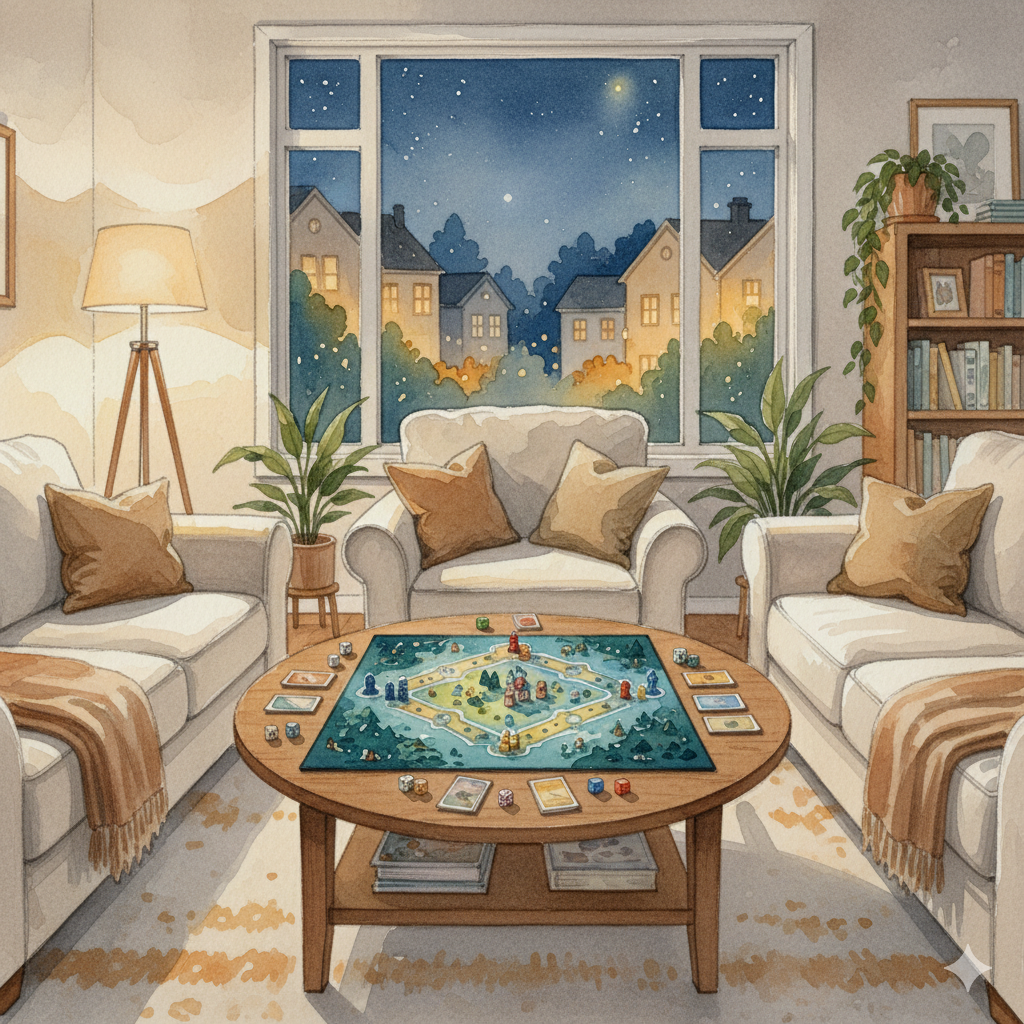How to New York
I was in New York last week for the first time in five years. Before the pandemic, I had lived there—on and off—for nearly a decade. It was the kind of place I kept returning to, in part because it never stopped moving.
But this time was different.
I was visiting with my partner, walking the streets I once called home, pointing out buildings I used to live in, cafes I used to frequent, corners where memories once unfolded. The city looked much the same. But I didn’t.
There’s something I’ve always believed about landmarks. They don’t change so that we can see how we have. There’s a quiet generosity in that. When everything around me stays still, I notice the movement within.
Being back in New York, surrounded by the same skyline, the same subway stations, the same rush of energy, I was confronted with just how much I’ve changed in five years.
New York has always been a mirror for me.
Not the kind that reflects how I appear, but who I am—or who I was. There’s something about the city that makes it possible to hold many versions of yourself at once. The one who arrived wide-eyed and hopeful. The one who left burnt out and disillusioned. The one who wandered through it in love. The one who tried to belong. It’s a city that doesn’t ask for consistency. Instead, it offers a kind of permission—to become, to reinvent, to try on different selves without explanation.
I’ve been thinking a lot about identity since that trip. About how some places shape us, while others reflect us. And about how rare it is to find a place that does both.
In most environments, we adapt to what surrounds us. We become who we need to be to fit in, to survive, to succeed. But New York feels different. It contains so many possibilities that it doesn’t force a single one. Everyone is becoming someone there, and no one seems to mind who that is.
Still, nostalgia has its edges. Walking through old neighbourhoods brought a mix of comfort and discomfort. I remembered who I was the last time I was there—and what I didn’t yet know. There was a tenderness in those memories, but also a kind of grief. Grief for the version of myself who no longer exists. Gratitude for the one who does.
I noticed something else, too—my knees. Within a day of arriving, they started to ache. Not terribly, just enough to get my attention. I was walking faster than I had in years, the city pulling me into its rhythm. I realized I didn’t want to move that fast anymore. Not just physically, but in other ways too. I no longer feel the need to rush toward achievement, to chase some version of myself I haven’t caught up to yet. The pace that once felt exhilarating now feels exhausting.
There’s something liberating about noticing that shift. It’s easy to mistake change for loss, or to feel nostalgia as something we need to resist. But I’m learning to see it differently. Revisiting old places, or old versions of myself, doesn’t mean trying to reclaim them. Sometimes, it’s just about recognising how far I’ve come—and letting that be enough.
Identity, I’m starting to believe, isn’t fixed. It’s layered. It’s shaped by place and time, by memory and movement. And it’s always in revision. I’m not who I was in New York five years ago. I don’t need to be. But I’m grateful for the chance to remember him—for the way he helped me become who I am now.
Change doesn’t always need a reason. Sometimes, it just needs space. And the right place to reflect it back.
And that is how I learned to New York.




